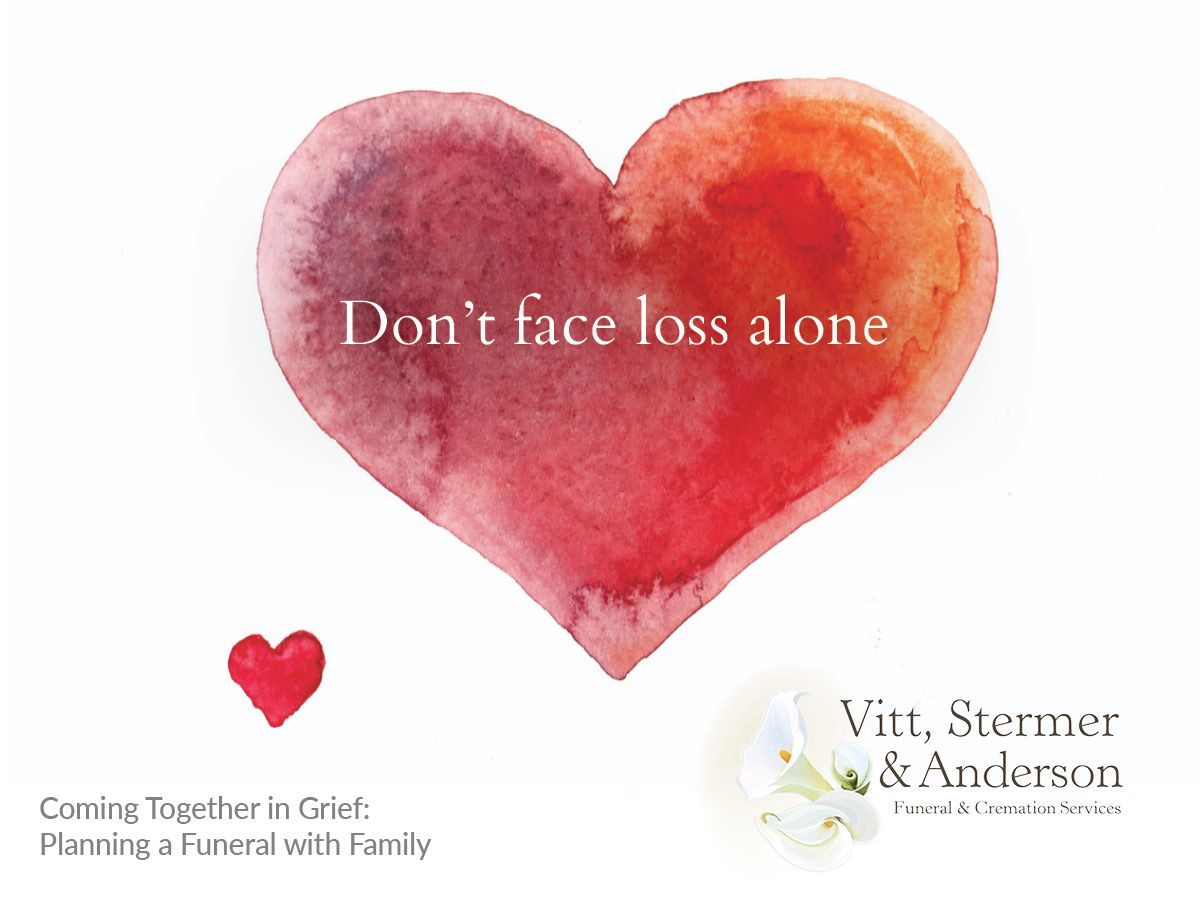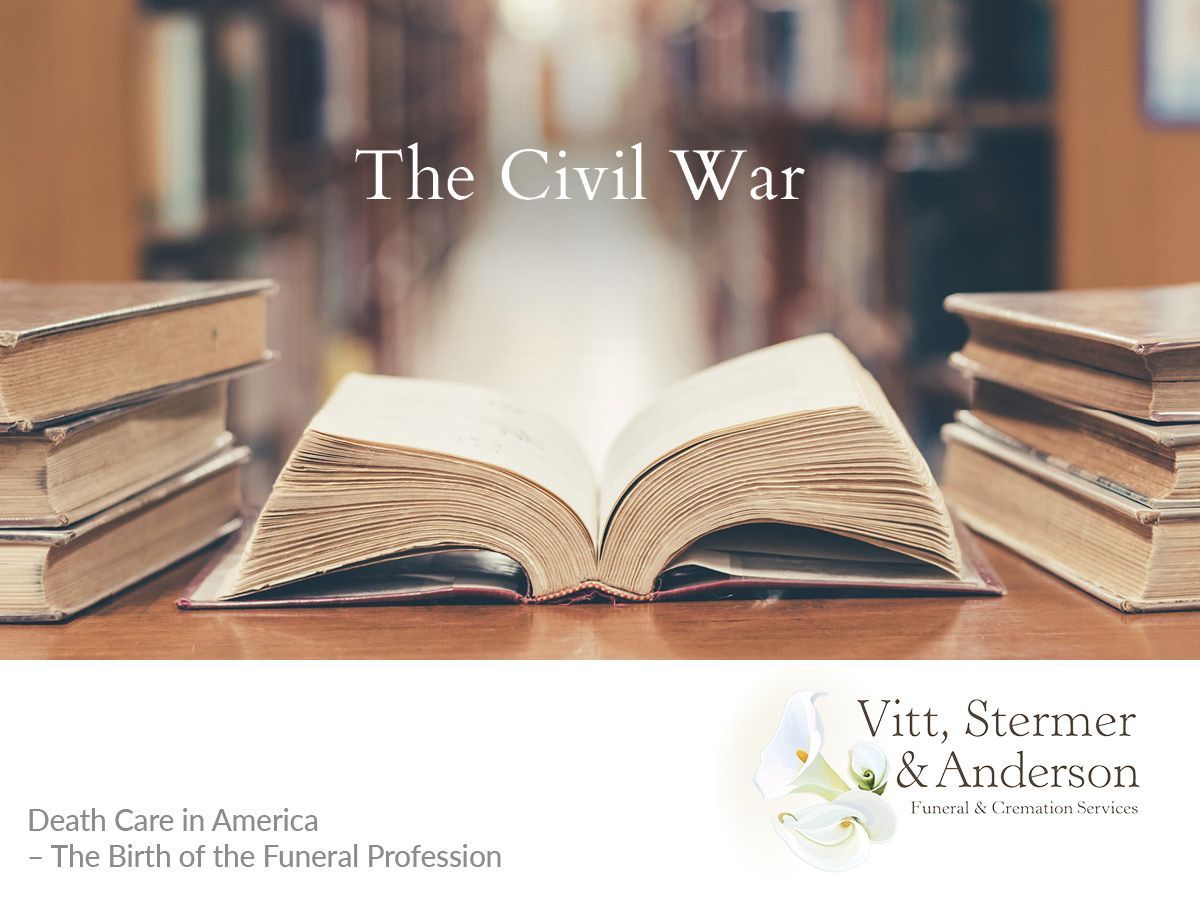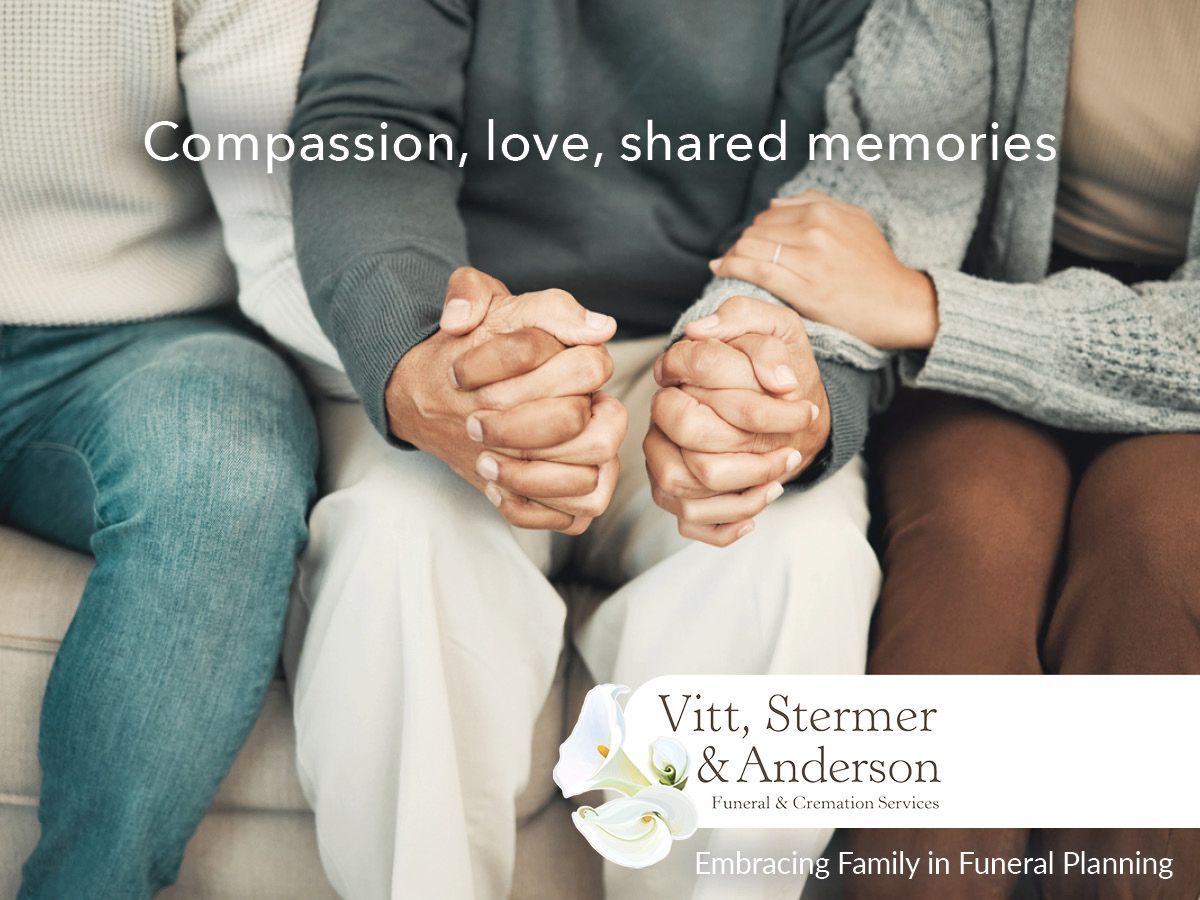What Should Be Included in a Funeral Program?
There are so many aspects of putting together a funeral that it’s easy to overlook some things. But every element of funeral planning is vital for different reasons. One often-overlooked component is the funeral program. What exactly is a funeral program? And what do you find in one?
What is a funeral program?
Funeral programs serve the essential purposes of giving attendees information about the service and of being a tangible memento that honors the life of the decedent. These programs may be the size of one sheet of paper, a card, or a larger booklet. Most often, they are provided to funeral attendees either when they enter the room where the service will be held or placed on the seats before the guests arrive.
What goes in a funeral program?
Funeral programs can be as unique as the service itself, but there is a general order to what goes into these pages. Here’s what you may find in a funeral program:
1. A cover honoring the decedent
The cover of a funeral program often consists of the name of the person whose life is being honored, a photo of them, and the years of their birth and death. Making a cover this way makes it clear whose service guests are attending. However, a cover may also consist of other elements that show more of the decedent’s personality. For instance, a funeral program’s cover may also have one of the decedent’s most beloved quotes, poems, prayers, or song lyrics. Just as an obituary doesn’t have to have a somber tone if the decedent was known for their humorous personality, it’s fitting to make the funeral program show off that personality. The cover is a good place to set that tone.
2. The obituary
Within the pages of a funeral program, it’s customary to find the decedent’s obituary. Although you may have previously shared the obituary on your funeral home’s website, a website dedicated to obituaries, social media, local newspaper, or other locations, writing it in the funeral program helps to immortalize that spirit of your loved one.
3. Service information
Because a funeral program is a memento of the service, it should include the service information. You’ll want to write the date, time, and location of where the funeral is being held.
4. Order of service
As the name suggests, the order of service is the order in which the events of the service will be held. Some events may include the introduction, prayers, readings, musical performances, eulogies, additional speeches, and closing remarks. If you’re having a religious service, you may want to talk to a religious leader to ensure that your order of service fits the traditional funeral ceremony performed by that religion. For example, traditional Catholic funerals do not include a eulogy. Whether you’re holding a religious ceremony or not, you should also talk to your funeral director to make certain that you know the proper order of the service before writing the program. Alongside each element of the order of service, you should also write who is leading that portion of the service.
5. Where to find prayers, hymns, and scripture readings
If you’re holding a religious service, you should include in the funeral program where to find prayers, hymns, and scripture readings. Doing so allows the guests to read and sing along when the time arrives. Especially if you’re expecting a large service, it may be hard for some guests to hear the officiant. By providing directions to where to find the readings, no guest will have to worry about missing important information.
6. Song or hymn lyrics
Similarly to why you would provide where to find readings, you may want to write the lyrics to songs or hymns that you may wish the funeral-goers to sing along to. If anyone is unfamiliar with these songs or hymns, they will be grateful you provided the lyrics. Even if guests don’t sing along, these songs were chosen to be a part of the funeral for a reason. It’s meaningful for guests to be able to study those lyrics, which were important to the decedent or hold great significance.
7. Pallbearers and flower bearers
While the names of the eulogists, singers, and other speakers will be included in the order of service, you may also want to share the names of the pallbearers and flower bearers in the funeral program. If you do choose to write them, you should remember to also include anyone who is an honorary pallbearer or flower bearer.
8. Additional service information
If there’s a committal service or reception after the funeral, you should also share directions and information about these services. You should write when and where they will be held, as well as any additional pertinent information.
How can you make a funeral program?
If you choose to make your own funeral program, one of the simplest ways is by using a pre-made template, such as you may find on a platform like Canva. But the easiest way to make a funeral program is by asking your funeral director for assistance. Many funeral homes offer printing services that can help make sure that your funeral program fits your needs.
Funeral programs are considered an essential part of funeral services as they help guide attendees through the ceremony. But there are many different components to a funeral program to make them beneficial to your guests. To ensure your program addresses each critical element, talk to your funeral director about putting one together.












